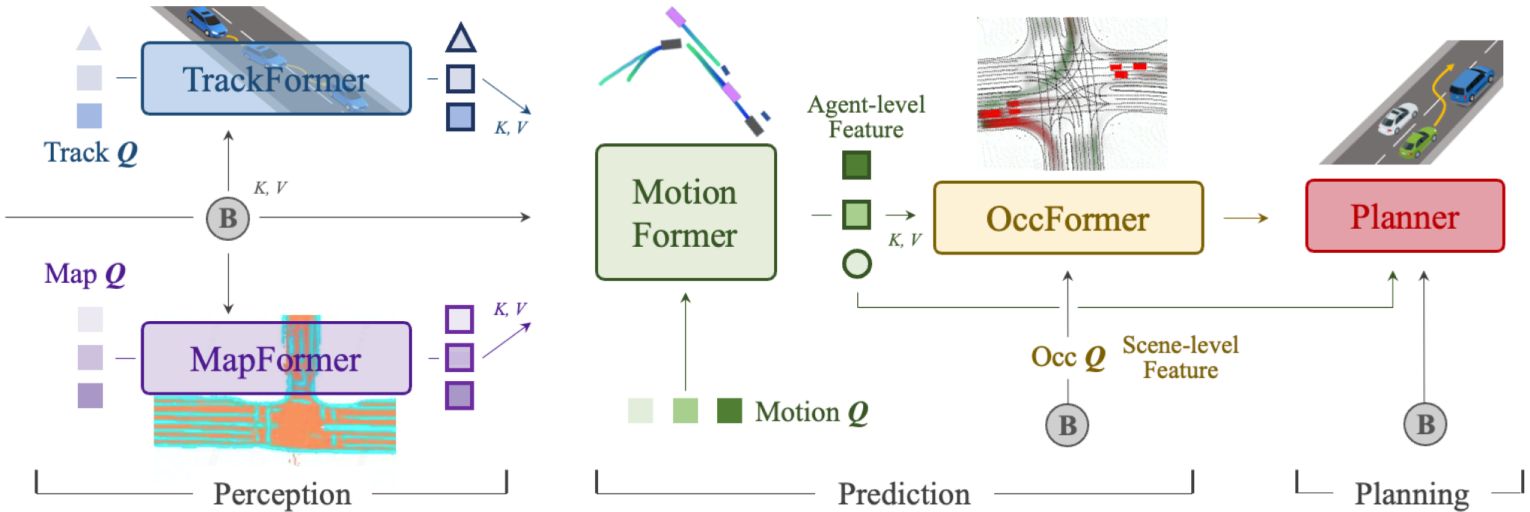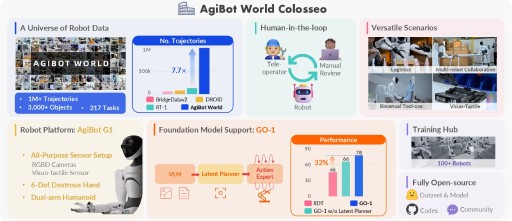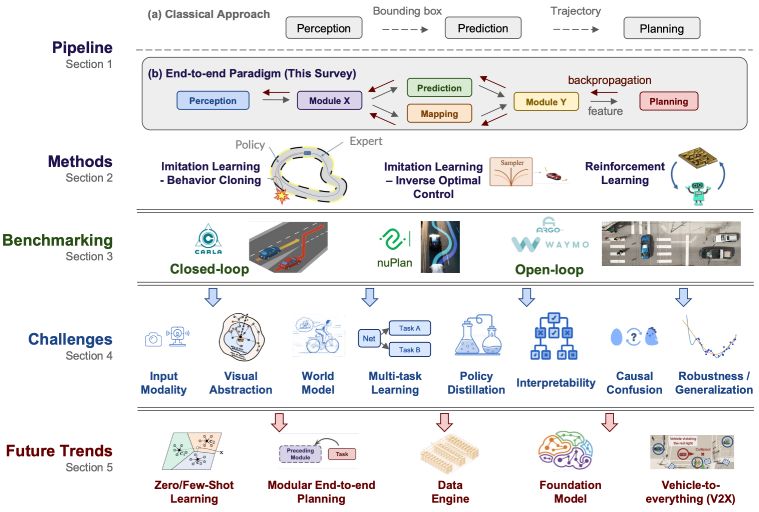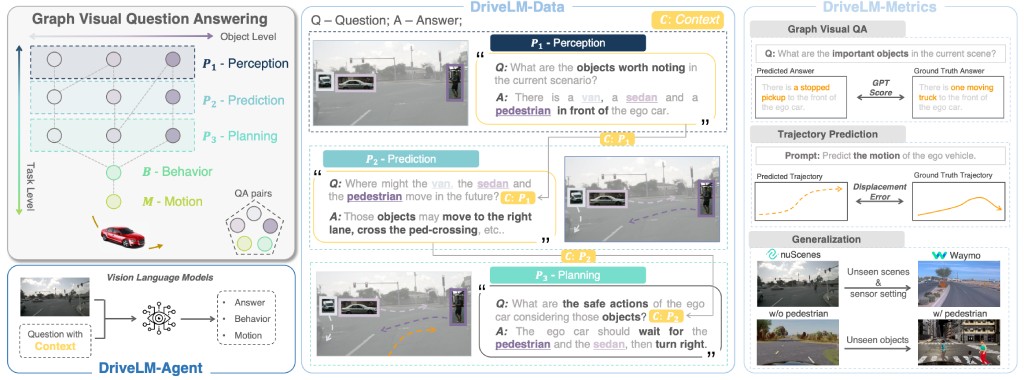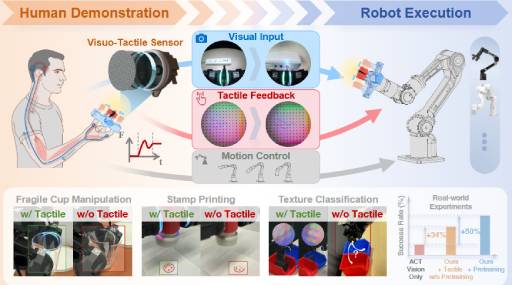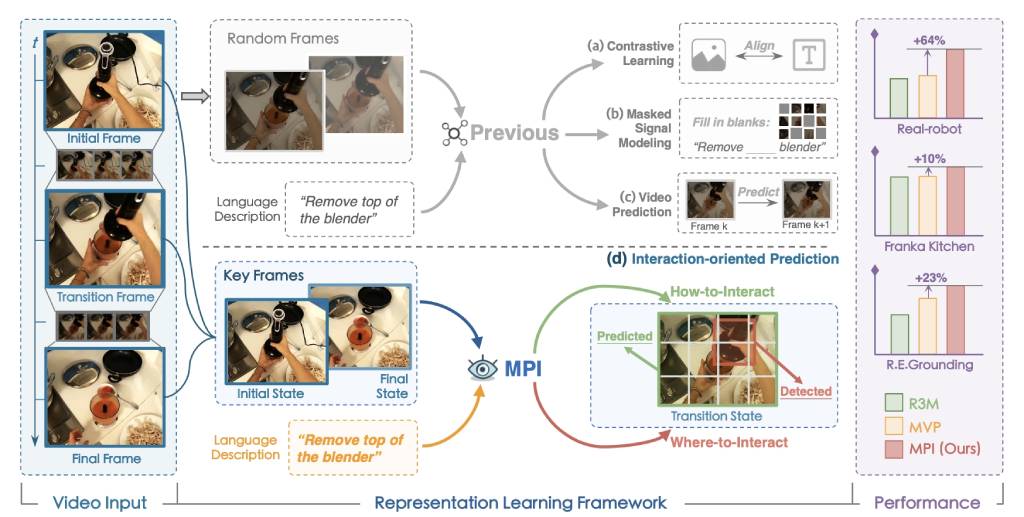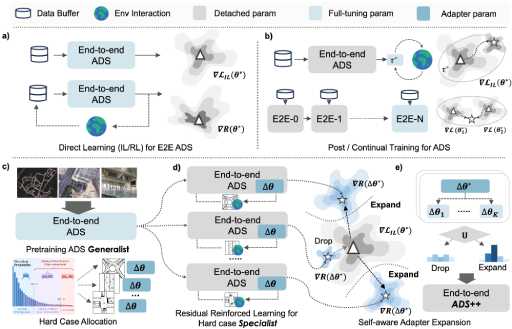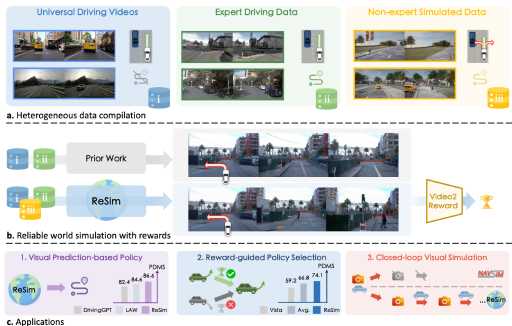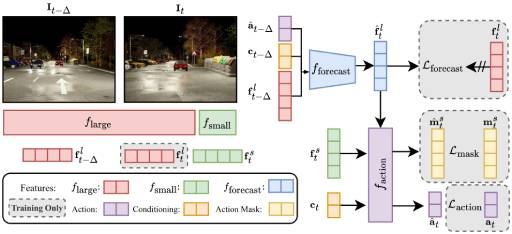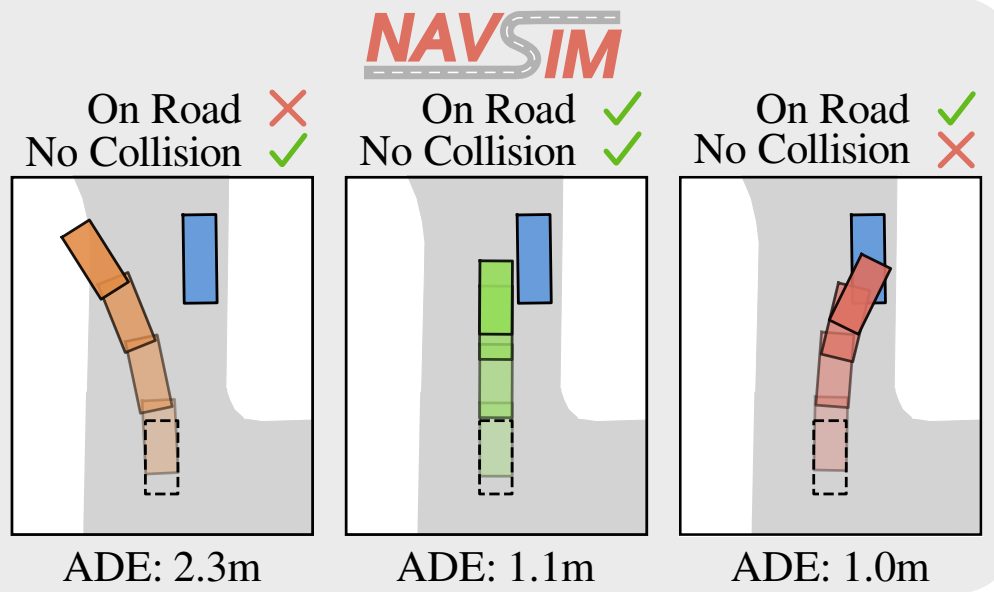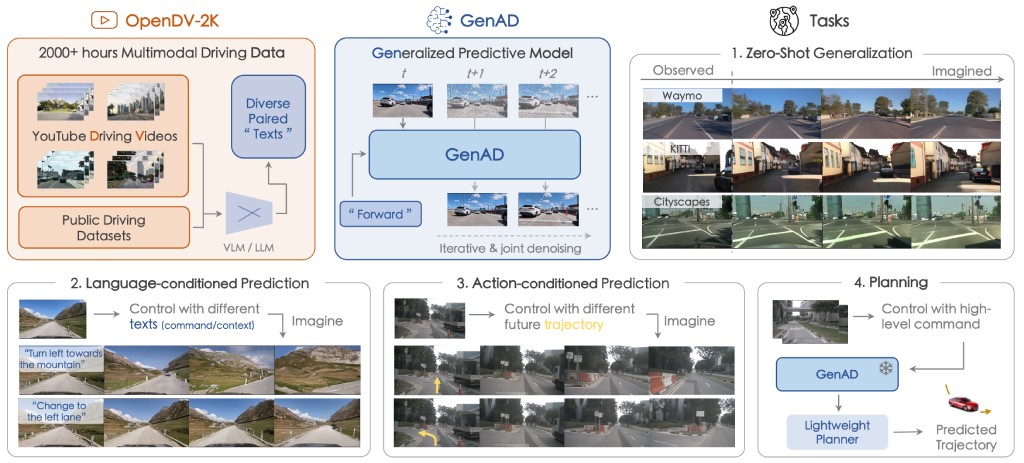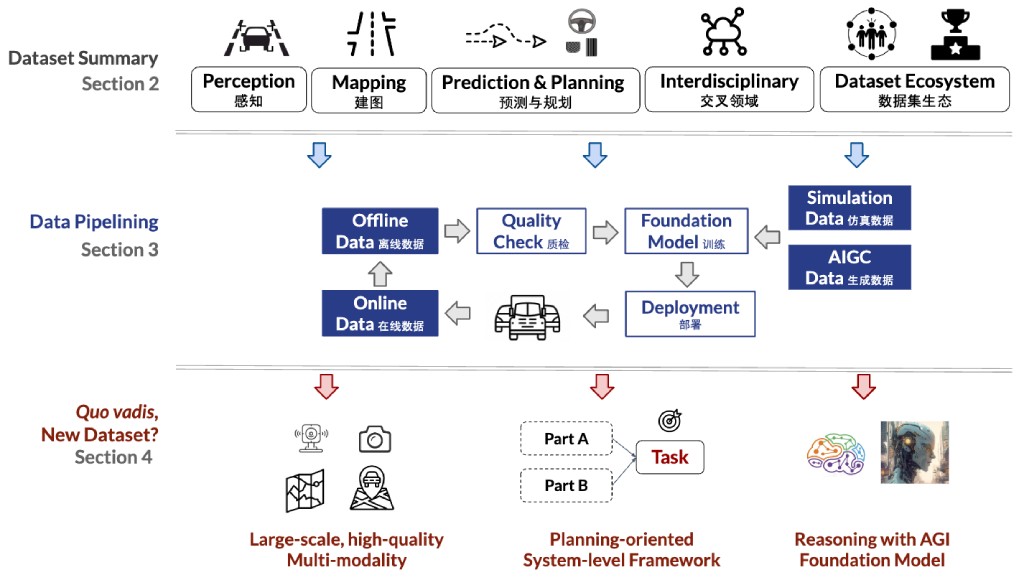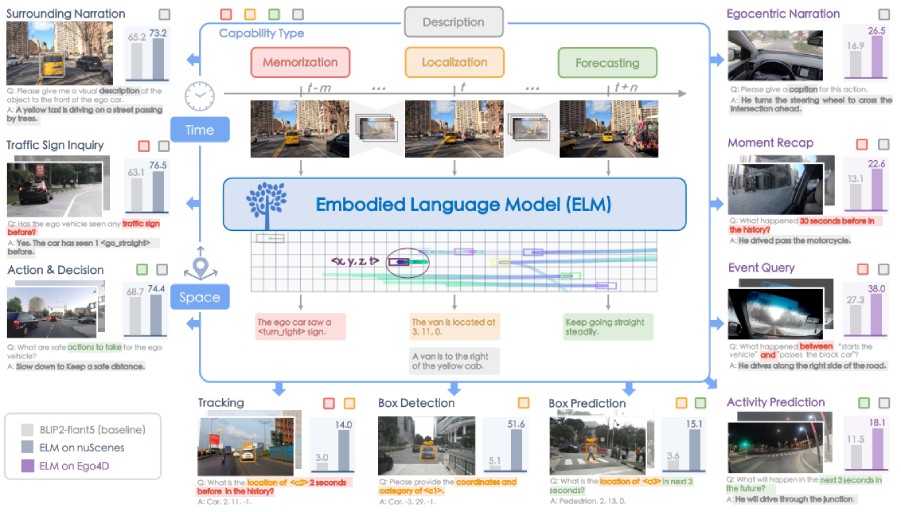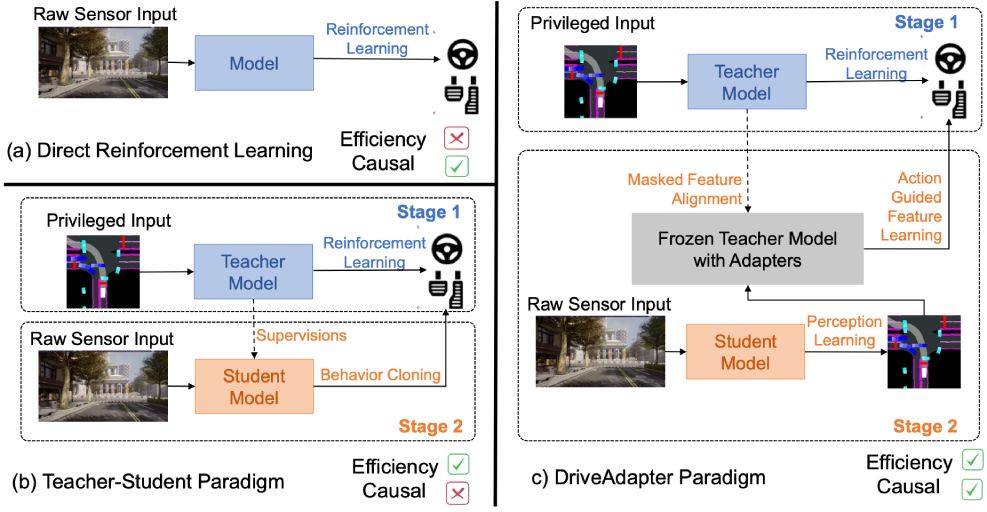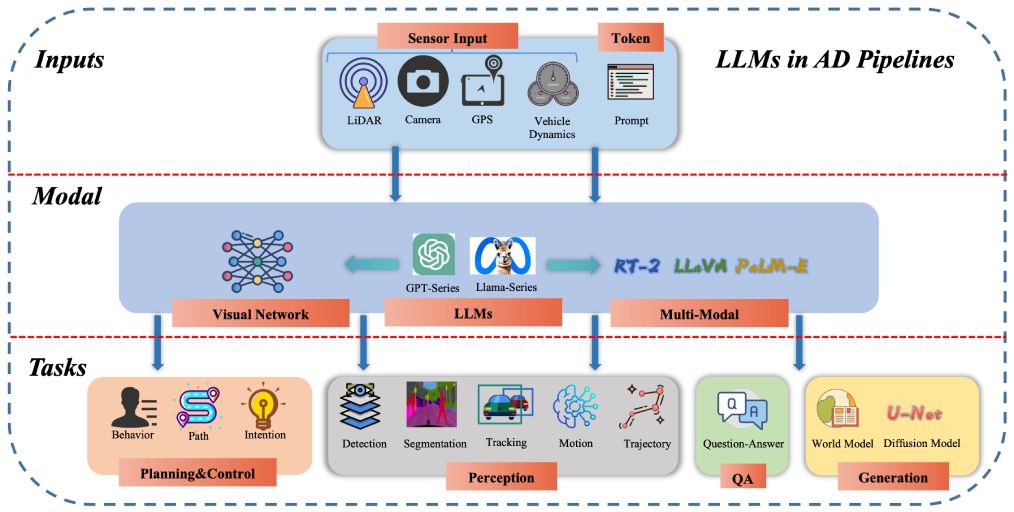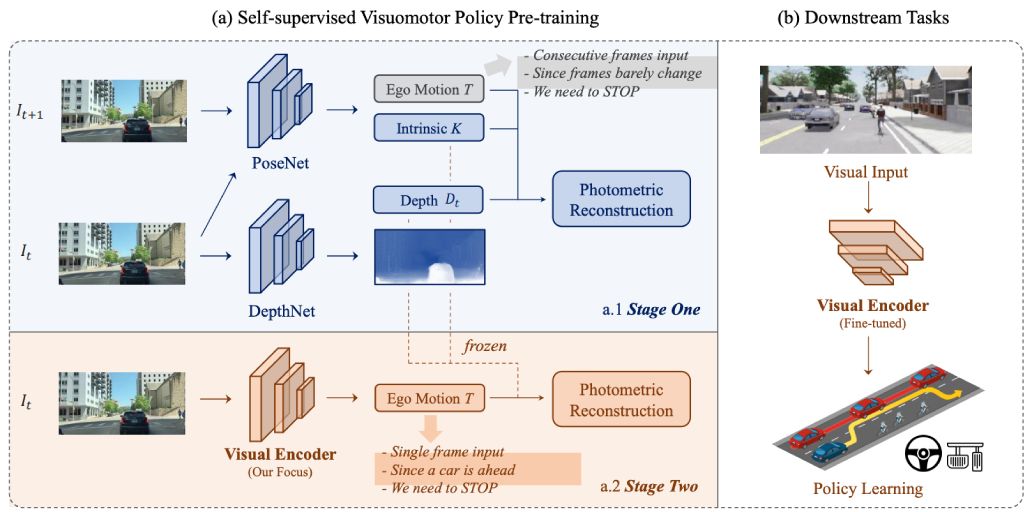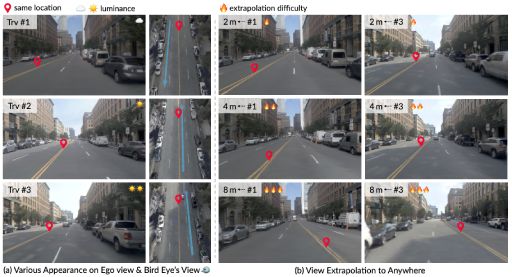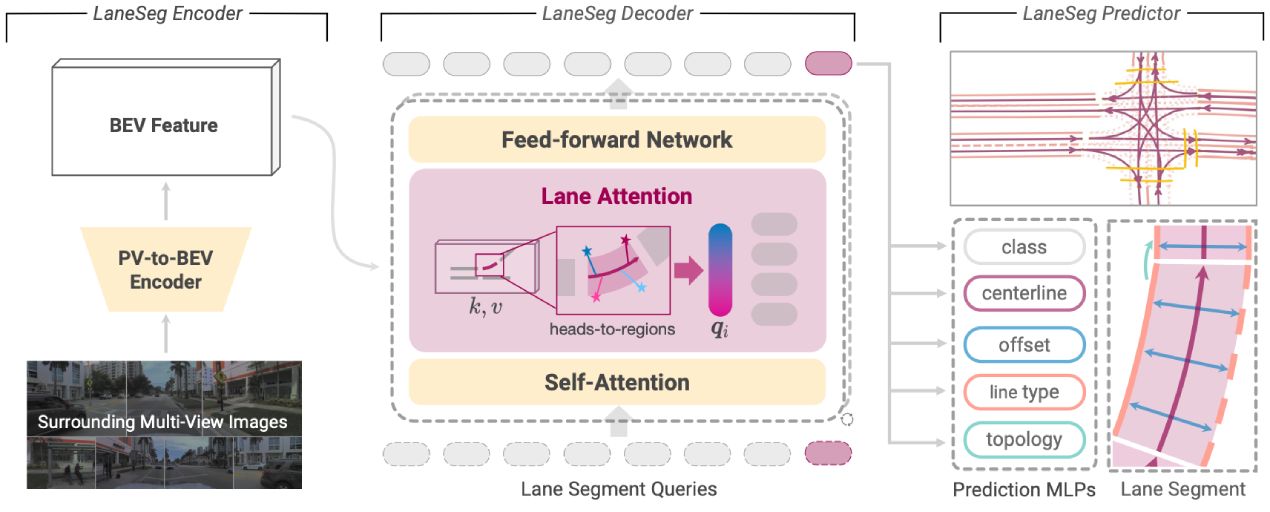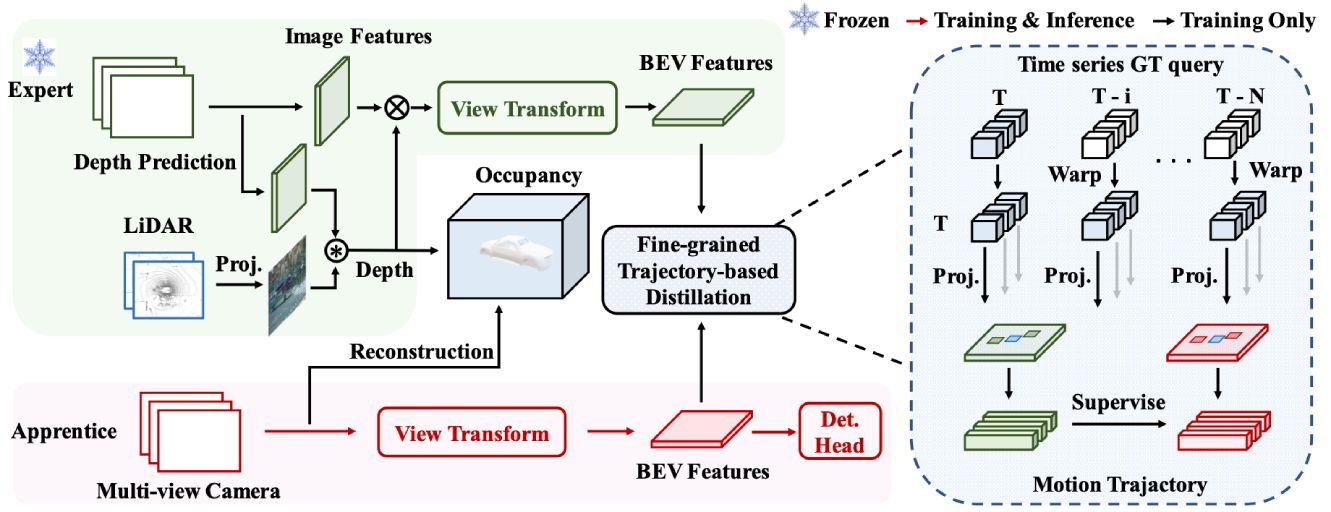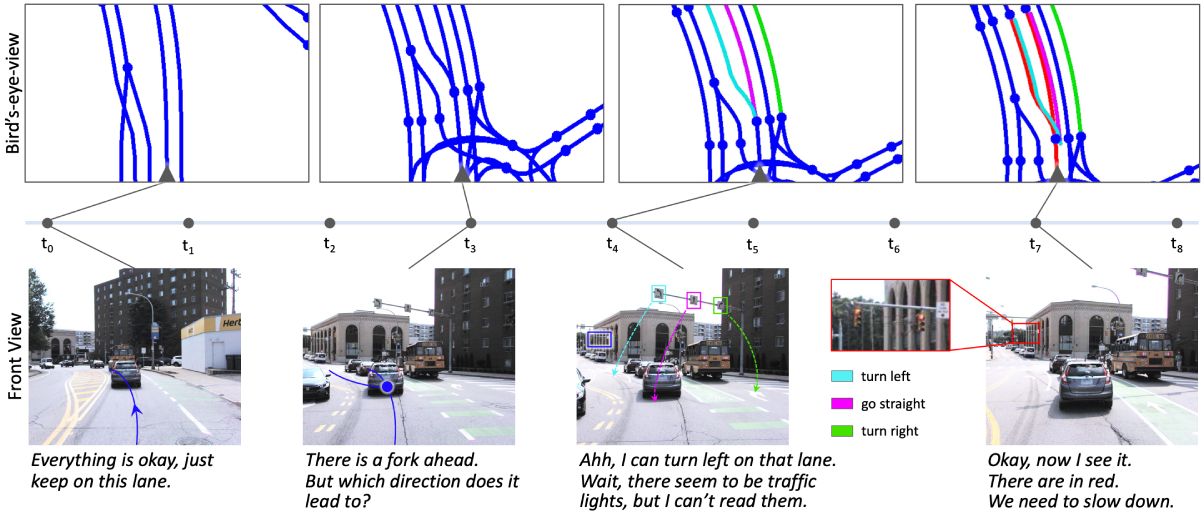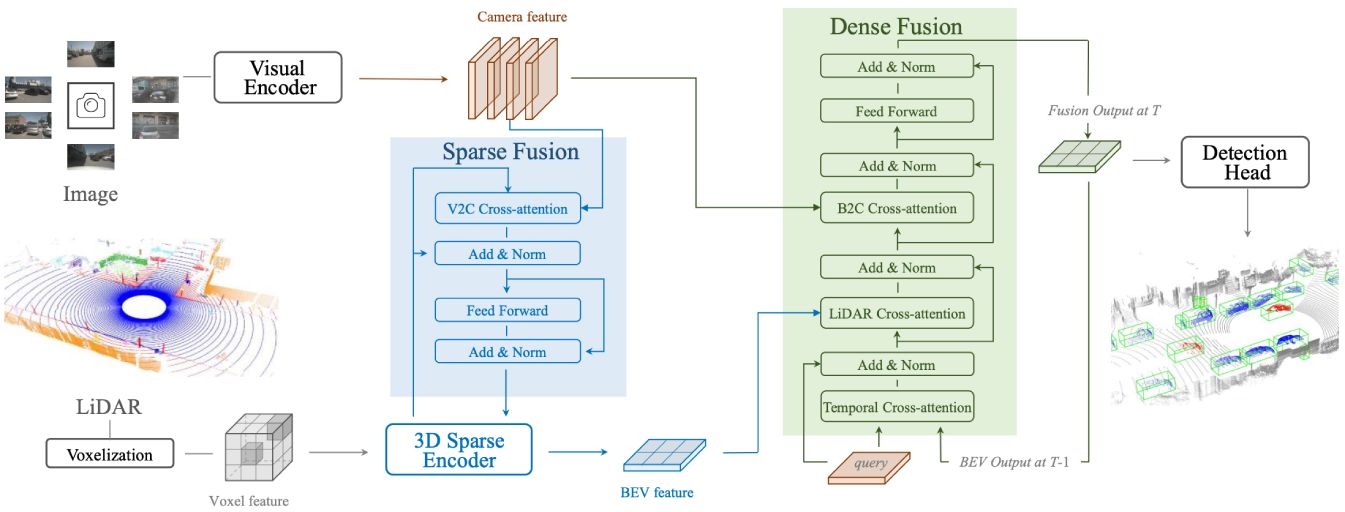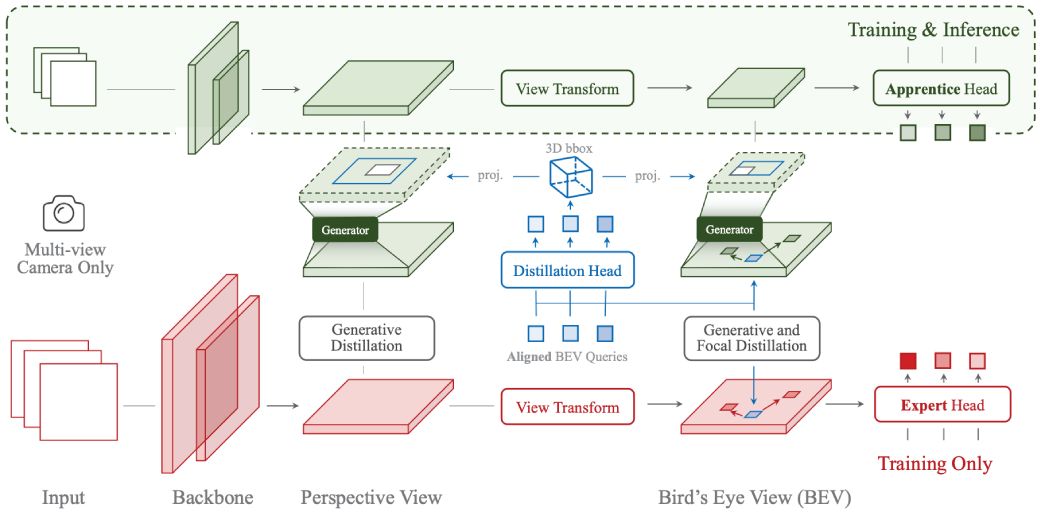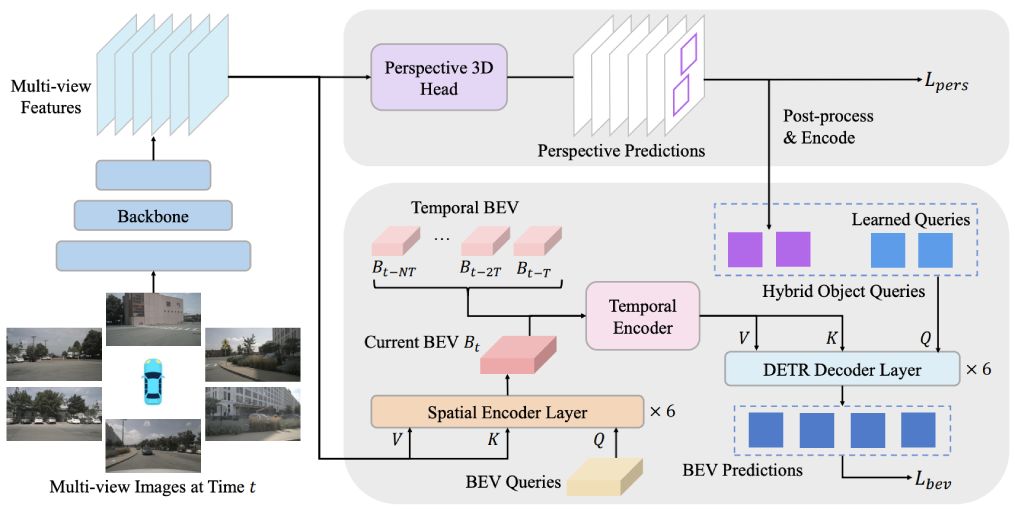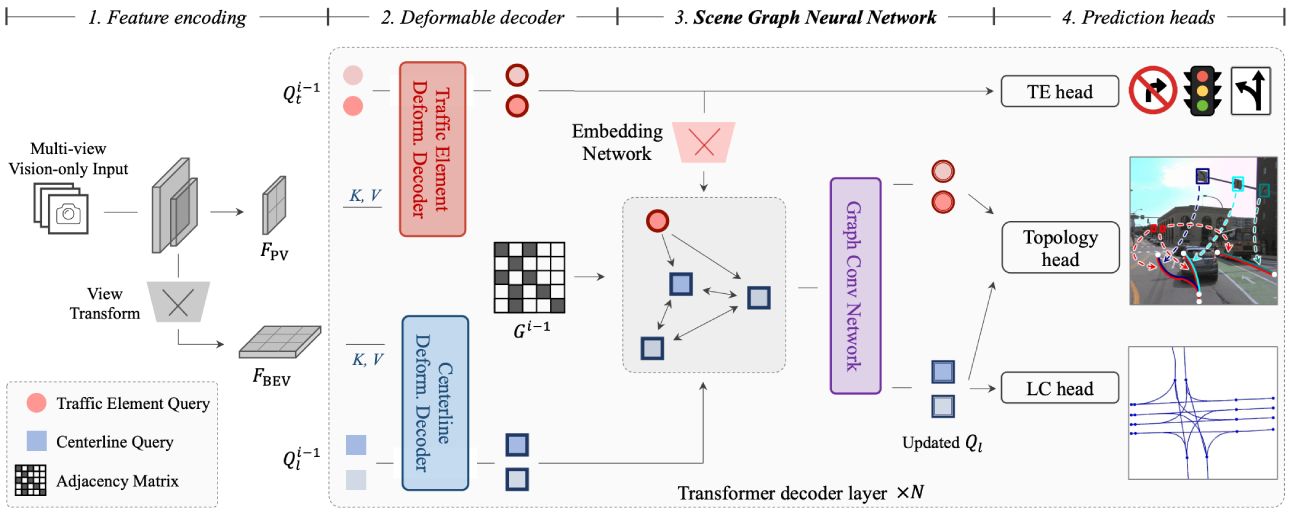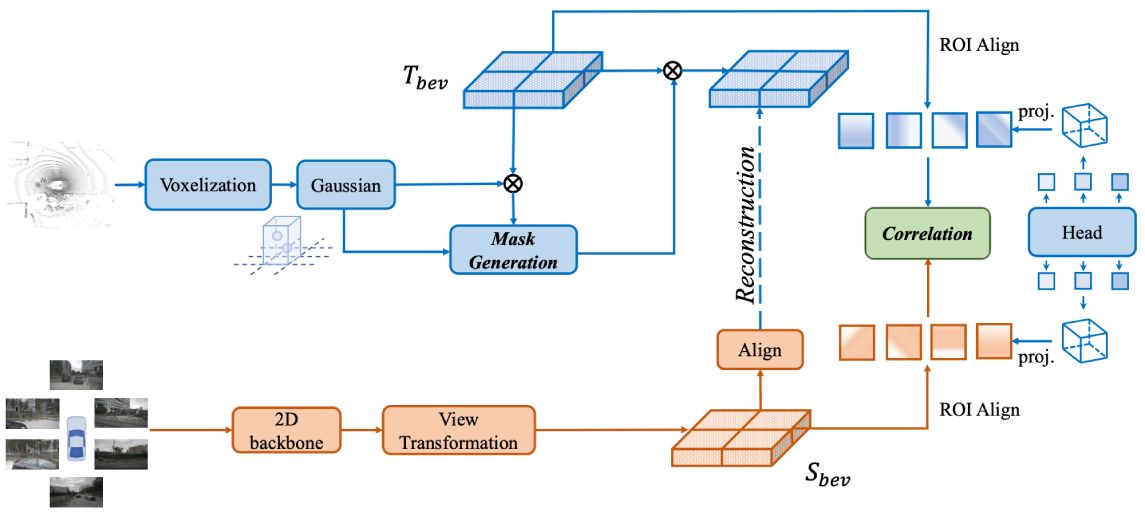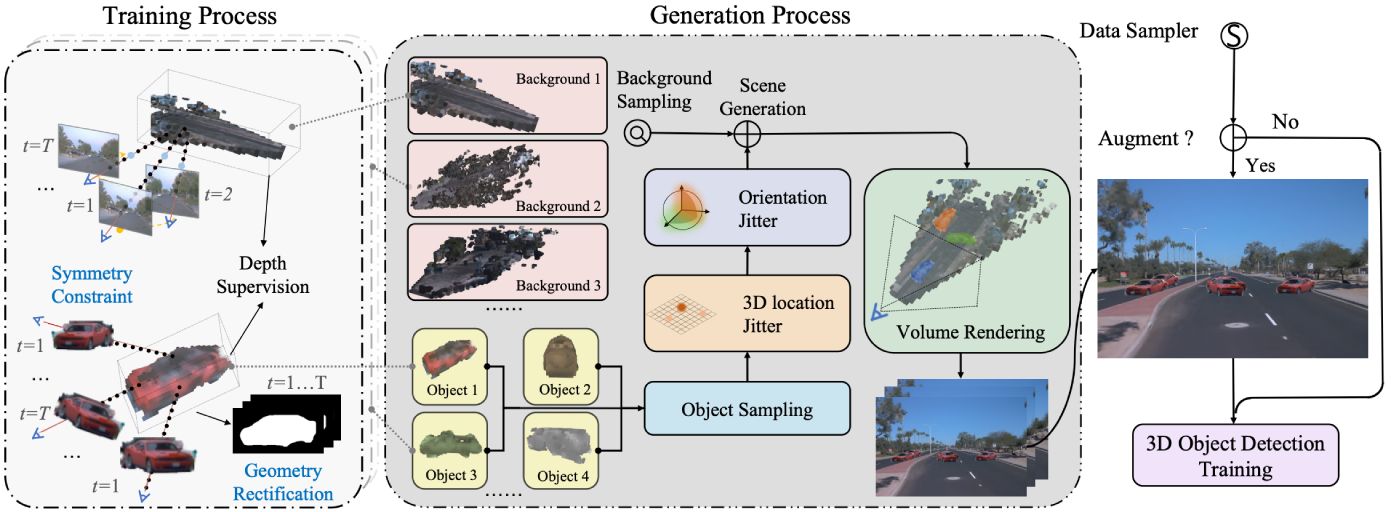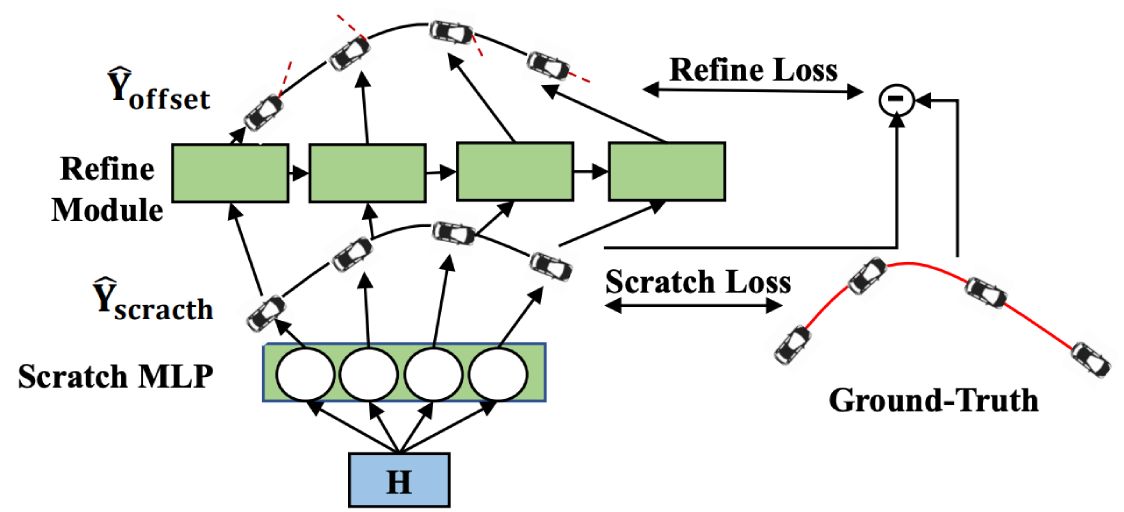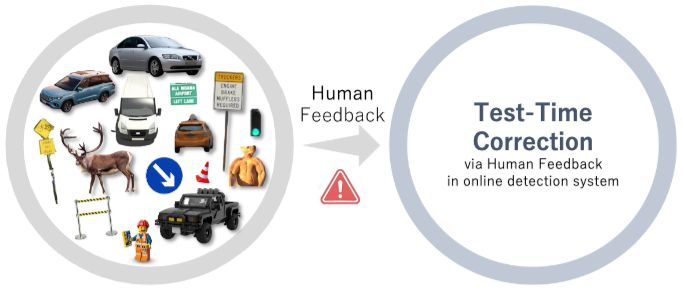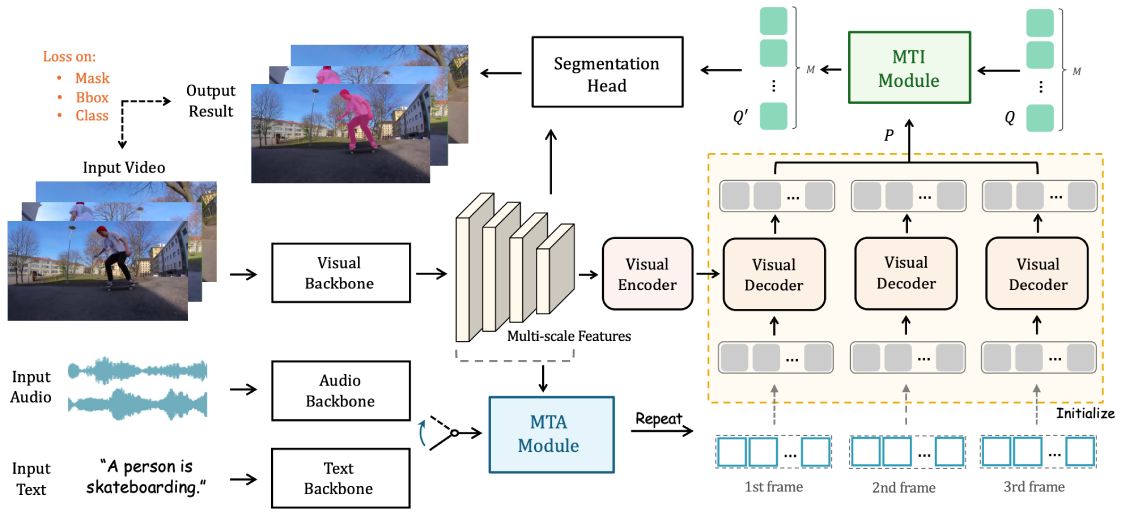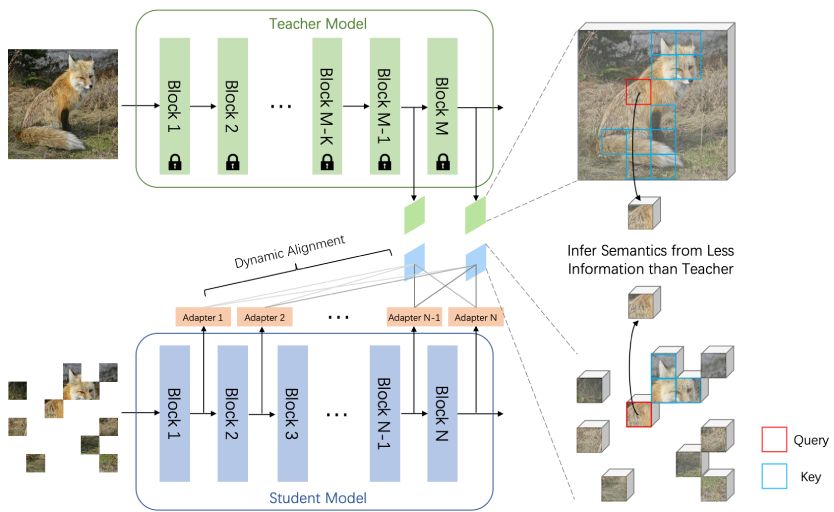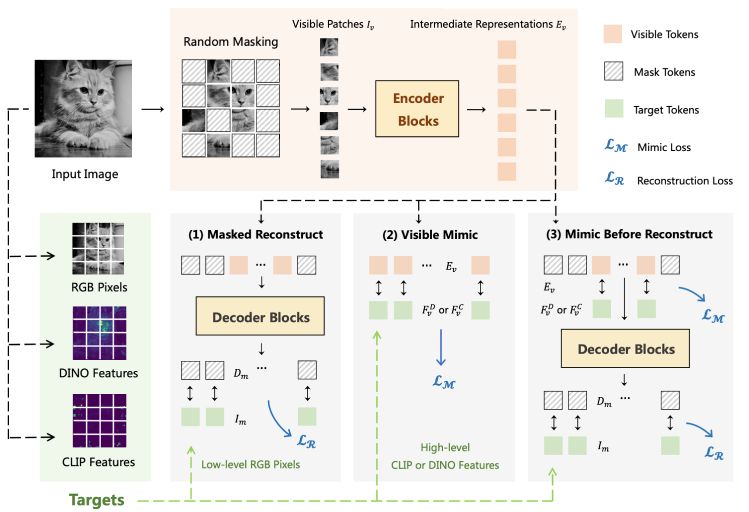Publication
We position OpenDriveLab as one of the most top research teams around globe, since we've got talented people and published work at top venues.Modi Shi,
Chiming Liu,
Guanghui Ren,
Di Huang,
Maoqing Yao,
Guanghui Ren,
Maoqing Yao,
Yihan Hu,
Keyu Li,
Xizhou Zhu,
Siqi Chai,
Senyao Du,
Tianwei Lin,
Lewei Lu,
Qiang Liu,
Jifeng Dai,
Team AgiBot-World
Bernhard Jaeger,
Katrin Renz,
Longyan Wu,
Jieji Ren,
Ran Huang,
Guoying Gu,
Jia Zeng,
Heming Cui,
Maoqing Yao,
Jia Zeng,
Yanchao Yang,
Guyue Zhou,
Heming Cui,
Jia Zeng,
Wenke Xia,
Hao Dong,
Haoming Song,
Dong Wang,
Di Hu,
Heming Cui,
Bin Zhao,
Xuelong Li,
Haohan Yang,
Ke Guo,
Hongchen Li,
Chen Lv
arXiv 2025
Long Chen,
Yuqian Shao,
Xiangyu Yue,
William Ljungbergh,
Hongzi Zhu,
Christoffer Petersson,
Zhiding Yu,
Shiyi Lan,
Jose M. Alvarez
arXiv 2025
Jun Zhang,
Daniel Dauner,
Marcel Hallgarten,
Xinshuo Weng,
Zhiyu Huang,
Igor Gilitschenski,
Boris Ivanovic,
Marco Pavone,
Bo Dai,
Jia Zeng,
Jun Zhang,
Yanan Sun,
Yang Li,
Jia Zeng,
Huilin Xu,
Pinlong Cai,
Feng Xu,
Lu Xiong,
Jingdong Wang,
Futang Zhu,
Kai Yan,
Chunjing Xu,
Tiancai Wang,
Fei Xia,
Beipeng Mu,
Zhihui Peng,
Dahua Lin,
Jia Zeng,
Hang Qiu,
Hongzi Zhu,
Minyi Guo,
Patrick Langechuan Liu,
Jiangwei Xie,
Conghui He,
Zhenjie Yang,
An intuitive and straightforward fully self-supervised framework curated for the policy pre-training in visuomotor driving.
Take the initiative to explore the combination of controller based on a planned trajectory and perform control prediction.
Dacheng Tao
Zhenhua Wu,
Carl Lindström,
Peng Su,
Matthias Nießner,
Peijin Jia,
Kun Jiang,
Haisong Liu,
Yang Chen,
Haiguang Wang,
Jia Zeng,
Limin Wang
Jingdong Wang,
Yang Li,
Zhenbo Liu,
Peijin Jia,
Yuting Wang,
Shengyin Jiang,
Feng Wen,
Hang Xu,
Wei Zhang,
Jifeng Dai,
Lewei Lu,
Jia Zeng,
Hanming Deng,
Hao Tian,
Enze Xie,
Jiangwei Xie,
Yang Li,
Si Liu,
Jianping Shi,
Dahua Lin,
Wenwen Tong,
Tai Wang,
Silei Wu,
Hanming Deng,
Yi Gu,
Lewei Lu,
Dahua Lin,
Shaoshuai Shi,
Shangzhe Di,
Si Liu,
IROS 2023
We propose Sparse Dense Fusion (SDF), a complementary framework that incorporates both sparse-fusion and dense-fusion modules via the Transformer architecture.Yu Liu,
Jia Zeng,
Hanming Deng,
Lewei Lu,
CVPR 2023
We investigate on how to distill the knowledge from an imperfect expert. We propose FD3D, a Focal Distiller for 3D object detection.Chenyu Yang,
Yuntao Chen,
Hao Tian,
Chenxin Tao,
Xizhou Zhu,
Zhaoxiang Zhang,
Gao Huang,
Lewei Lu,
Jie Zhou,
Jifeng Dai
CVPR 2023 Highlight
A novel bird's-eye-view (BEV) detector with perspective supervision, which converges faster and better suits modern image backbones.Yang Li,
Shengyin Jiang,
Yuting Wang,
Hang Xu,
Chunjing Xu,
Jia Zeng,
Shengchuan Zhang,
Liujuan Cao,
Rongrong Ji,
arXiv 2023
We propose GAPretrain, a plug-and-play framework that boosts 3D detection by pretraining with spatial-structural cues and BEV representation.Wenwen Tong,
Jiangwei Xie,
Yang Li,
Hanming Deng,
Bo Dai,
Lewei Lu,
Hao Zhao,
PRCV 2024
We propose a 3D data augmentation approach termed Drive-3DAug to augment the driving scenes on camera in the 3D space.Jia Zeng,
CoRL 2022
We find taking scratch trajectories generated by MLP as input, a refinement module based on structures with temporal prior, could boost the accuracy.BEVFormer: Learning Bird’s-Eye-View Representation From LiDAR-Camera via Spatiotemporal Transformers
Enze Xie,
Tong Lu,
Jifeng Dai
Yang Li,
Zehan Zheng,
Conghui He,
Jianping Shi,
Qingsong Yao,
Yanan Sun,
Renrui Zhang,
Hao Zhao,
Hongzi Zhu,
Yanan Sun,
Fei Xia,
arXiv 2024
Yifei Zhang,
Hao Zhao,
Siheng Chen
Shilin Yan,
Renrui Zhang,
Ziyu Guo,
Wenchao Chen,
Wei Zhang,
Zhongjiang He,
Peng Gao
Peng Gao,
Hao Sun,
Houqiang Li,
Jiebo Luo
Peng Gao,
Renrui Zhang,
Rongyao Fang,
Ziyi Lin,
Hongsheng Li,
Qiao Yu
Shaofeng Zhang,
Lyn Qiu,
Feng Zhu,
Hengrui Zhang,
Rui Zhao,
Xiaokang Yang
CVPR 2022




